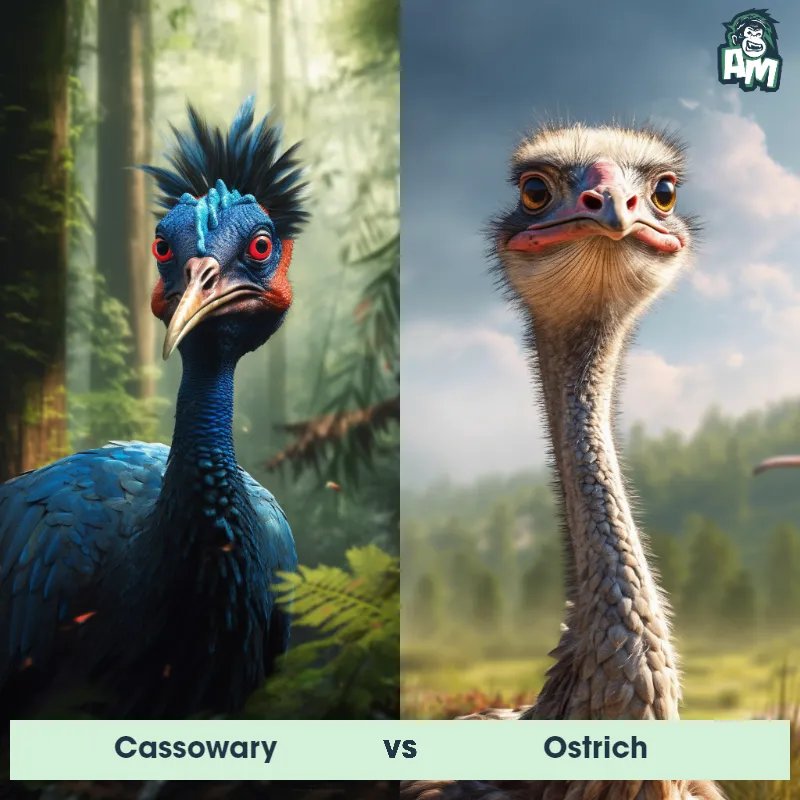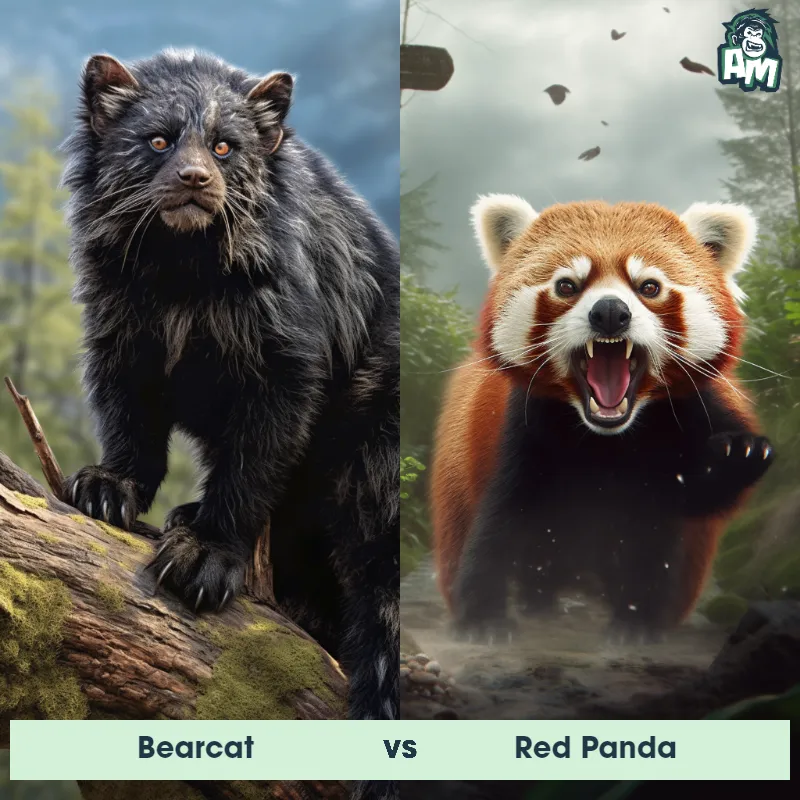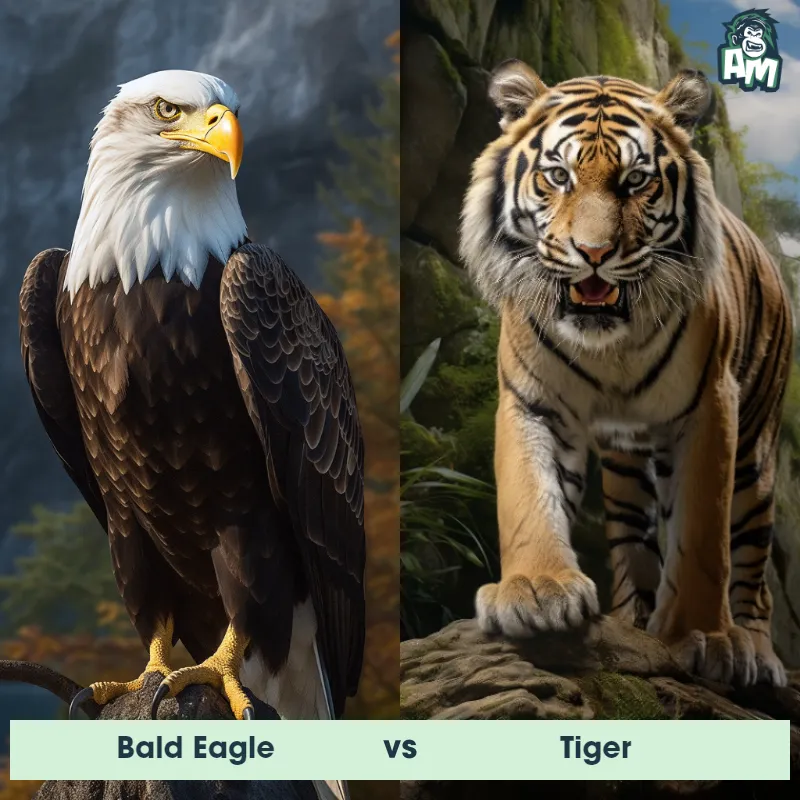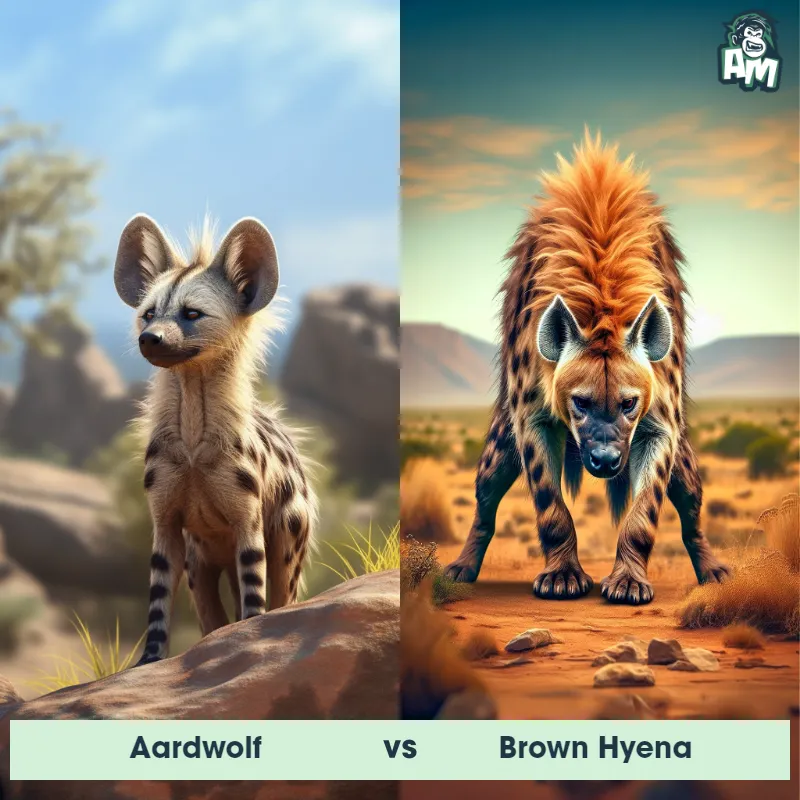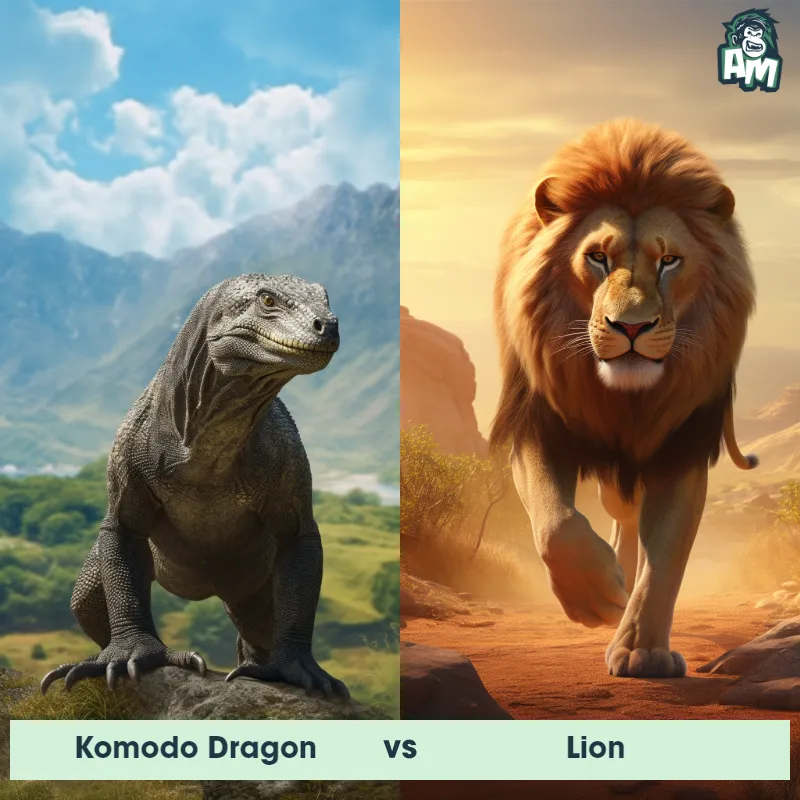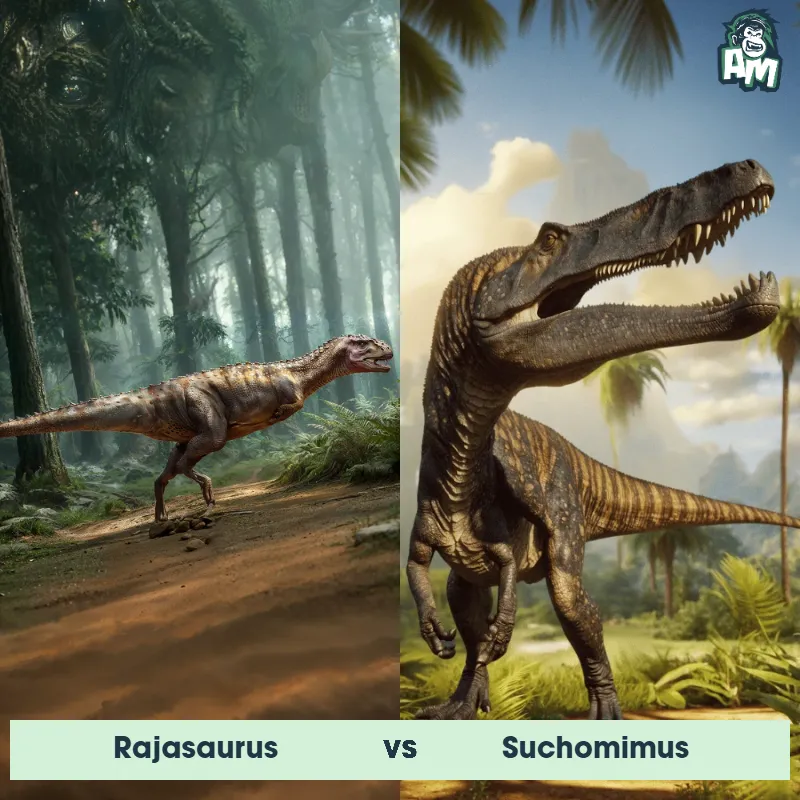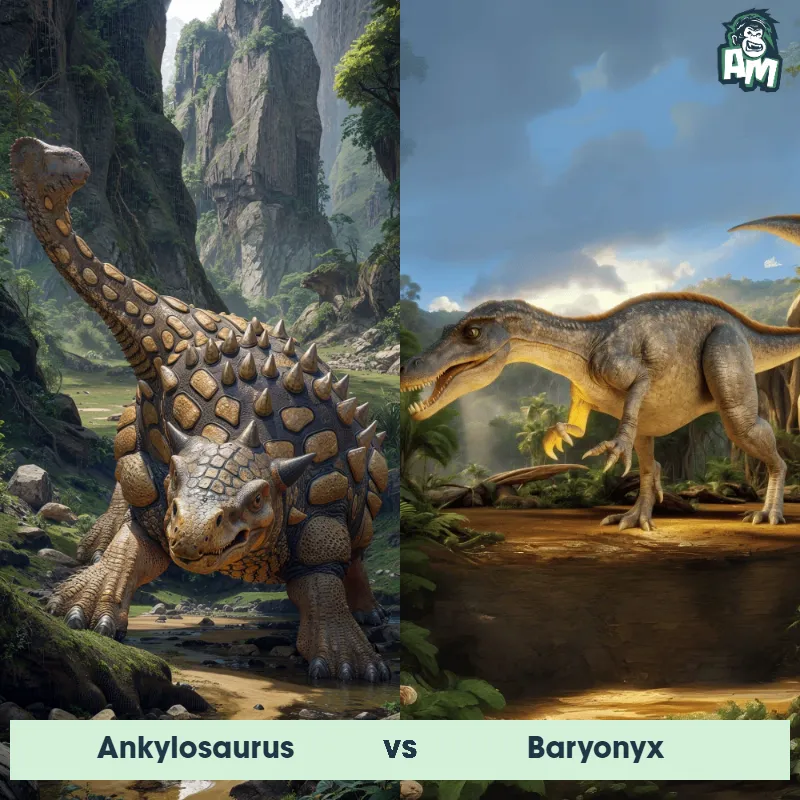Rajasaurus vs BaryonyxSee Who Wins

In the heart of the arena, two magnificent titans stand ready to clash. On one side, the Rajasaurus, known for its formidable strength and impressive bite force. Opposite, the agile Baryonyx, distinguished by its long claws and swift movements. The anticipation is palpable as the crowd awaits the commencement of this prehistoric showdown.
Contender 1: Rajasaurus
The Rajasaurus, known for its fearsome appearance, was a carnivorous dinosaur that roamed the earth during the Late Cretaceous period. It had sharp, serrated teeth perfect for tearing flesh and a powerful jaw for a deadly bite. The Rajasaurus was a bipedal dinosaur with a long tail and strong hind legs for hunting and capturing prey.
Fun Fact: The Rajasaurus is thought to have been one of the largest theropods in India, reaching lengths of up to 30 feet.
Contender 2: Baryonyx
The Baryonyx, also known as the "Heavy Claw," was a large theropod dinosaur that lived during the Early Cretaceous period. It had a long, crocodile-like snout filled with conical teeth, a large claw on its first finger, and walked on two powerful hind legs. This carnivorous dinosaur had a streamlined body, perfect for hunting fish and small prey near water sources.
Fun Fact: Baryonyx is thought to be one of the few known dinosaurs that primarily hunted fish, as evidenced by the remains of fish scales and bones found in its stomach contents.
Matchup Stats
| Rajasaurus | Baryonyx | |
|---|---|---|
| Size | Up to 30 feet (9 meters) | Approximately 25 ft (7.6 meters) in length |
| Weight | Unknown | Around 2,200 lbs (1,000 kg) |
| Speed | 20-25 mph (32-40 km/h) | 25 mph (40 km/h) to 30 mph (48 km/h) |
| Key Strength | Sharp teeth and powerful jaw | Powerful claw |
| Biggest Weakness | Limited arm mobility | Vulnerable underbelly |
Current Votes
Rajasaurus vs Baryonyx
See Who Wins
View More Matches
Looking For More?
Similar Matches
Scientific Stats
| Rajasaurus | Baryonyx | |
|---|---|---|
| Scientific Name | Rajasaurus | Baryonyx walkeri |
| Family | Abelisauridae | Spinosauridae |
| Habitat | Terrestrial | Near water sources |
| Geography | India | Europe |
| Diet | Carnivore | Fish and small prey |
| Lifespan | 22 years - 25 years | 25 years - 30 years |
Key Differences between Rajasaurus and Baryonyx
- Crest/Frill: The Rajasaurus displayed a prominent crest or horn on the top of its head, a feature absent in Baryonyx.
- Overall Build: The Rajasaurus appeared more heavily built, in contrast to the more slender and agile appearance of the Baryonyx.
- Size: The Rajasaurus was generally shorter and more robust, while the Baryonyx was longer with a more elongated body.
- Limbs: The Rajasaurus had proportionally shorter arms, while the Baryonyx had longer forelimbs with large claws.
- Skull Shape: The Rajasaurus possessed a more rounded skull with a distinctive nasal horn, whereas the Baryonyx had a longer, more crocodile-like snout.
- Teeth: Rajasaurus had teeth suited for tearing, while Baryonyx had numerous conical teeth designed for catching fish.



